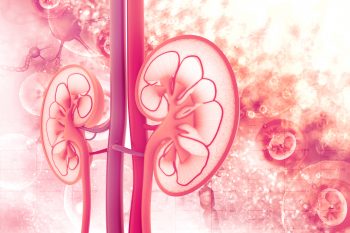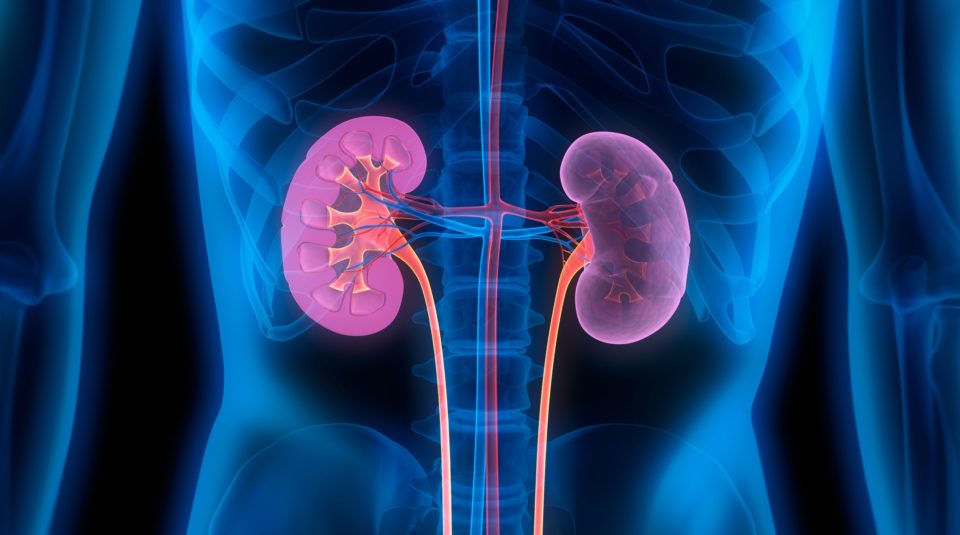
There are few data available on the association between pre-kidney transplant dialysis modality and post-transplantation hypertension. During a virtual poster session at the NKF 2021 Spring Clinical Meetings, Ekamol Tantisattamo, MD, FACP, FASN, FNKF, FAST, FASDIN, and colleagues presented results from an analysis examining the relationship between dialysis modality pre-transplant and hypertension following kidney transplant. The poster was titled Dialysis Modality and Hypertension at an Early Post-Kidney Transplant Period: A Propensity Score Weighting.
The study cohort included kidney transplants divided into two groups: (1) hemodialysis with upper extremity arteriovenous fistula (AVF) or arteriovenous graft (AVG); and (2) peritoneal dialysis. The groups were balanced by propensity score weights (PSW) based on age, sex, race, induction immunosuppression, types of kidney transplantation, and pre-kidney transplant body mass index. Multiple logistic regression was used to examine the association between dialysis modality and post-kidney transplant systolic and diastolic hypertension (systolic hypertension >130 mm Hg; diastolic hypertension >80 mmHg) at 12 weeks post-transplant.
Of the 52 kidney transplant recipients in the study cohort, mean age was 52 years and 65% (n=34) were male. Pre-transplant, 83% (n=43) received hemodialysis and 17% (n=9) were undergoing peritoneal dialysis. Systolic blood pressure at the time of kidney transplant was 139 mmHg among the hemodialysis group and 141 mmHg among the peritoneal dialysis group. Mean diastolic blood pressure was 77 mmHg in the hemodialysis group and 84 mmHg in the peritoneal dialysis group.
PSW was estimated by a generalized boosted modeling. At 12-weeks post-transplant, among the 43 kidney transplant recipients in the hemodialysis group, 26 patients had systolic hypertension and 20 had diastolic hypertension (mean systolic blood pressure 140 mmHg; mean diastolic blood pressure 79 mmHg). Six of the nine patients in the peritoneal dialysis group had systolic hypertension (mean systolic blood pressure 147 mmHg) and eight of the nine had diastolic hypertension (mean diastolic blood pressure 84 mmHg).
The risk of diastolic hypertension was significantly greater in the peritoneal dialysis group than in the hemodialysis group (adjusted odds ratio 13.9; 95% confidence interval 1.3-144.9). The association was similar for systolic hypertension, but did not reach statistical significance.
In conclusion, the researchers said, “Peritoneal dialysis patients are associated with post-kidney transplant diastolic hypertension compared to hemodialysis patients with an upper extremity AVG or AVF. Lower diastolic hypertension indicates higher pulse pressure, which may be related to vascular stiffness probably found more in hemodialysis patients.”
Source: Tantisattamo E, Udomkittivorakul N, Eguchi N, et al. Dialysis modality and hypertension at an early post-kidney transplant period: A propensity score weighting. Abstract of a poster presented at the National Kidney Foundation virtual 2021 Spring Clinical Meetings (Abstract #379), April 9, 2021.






 © 2025 Mashup Media, LLC, a Formedics Property. All Rights Reserved.
© 2025 Mashup Media, LLC, a Formedics Property. All Rights Reserved.